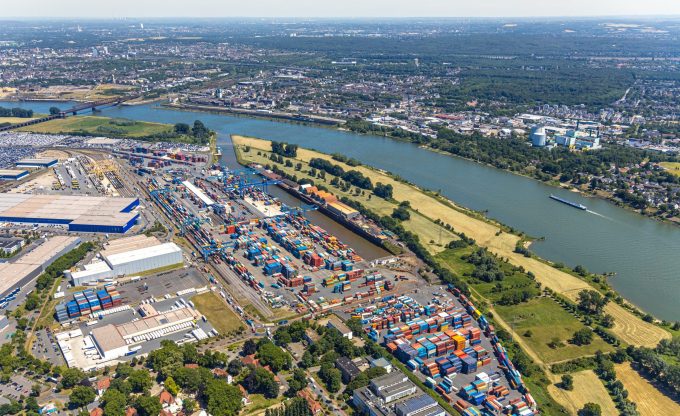Duisburg and Cosco to build Europe's largest inland container terminal
The port of Duisburg is teaming up with Cosco Shipping Logistics to build Europe’s largest ...

Development of the California Inland Ports (CIP) project could offer a solution to logistics challenges that have been brought into sharp focus by the pandemic and subsequent surge in demand across the US.
The proposals are to develop four inland logistics centres in California, stretching from ...

Comment on this article